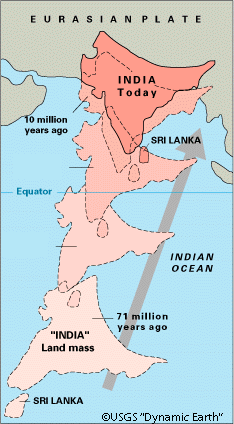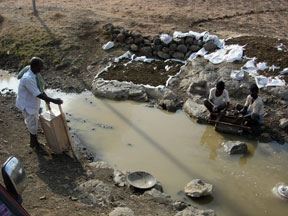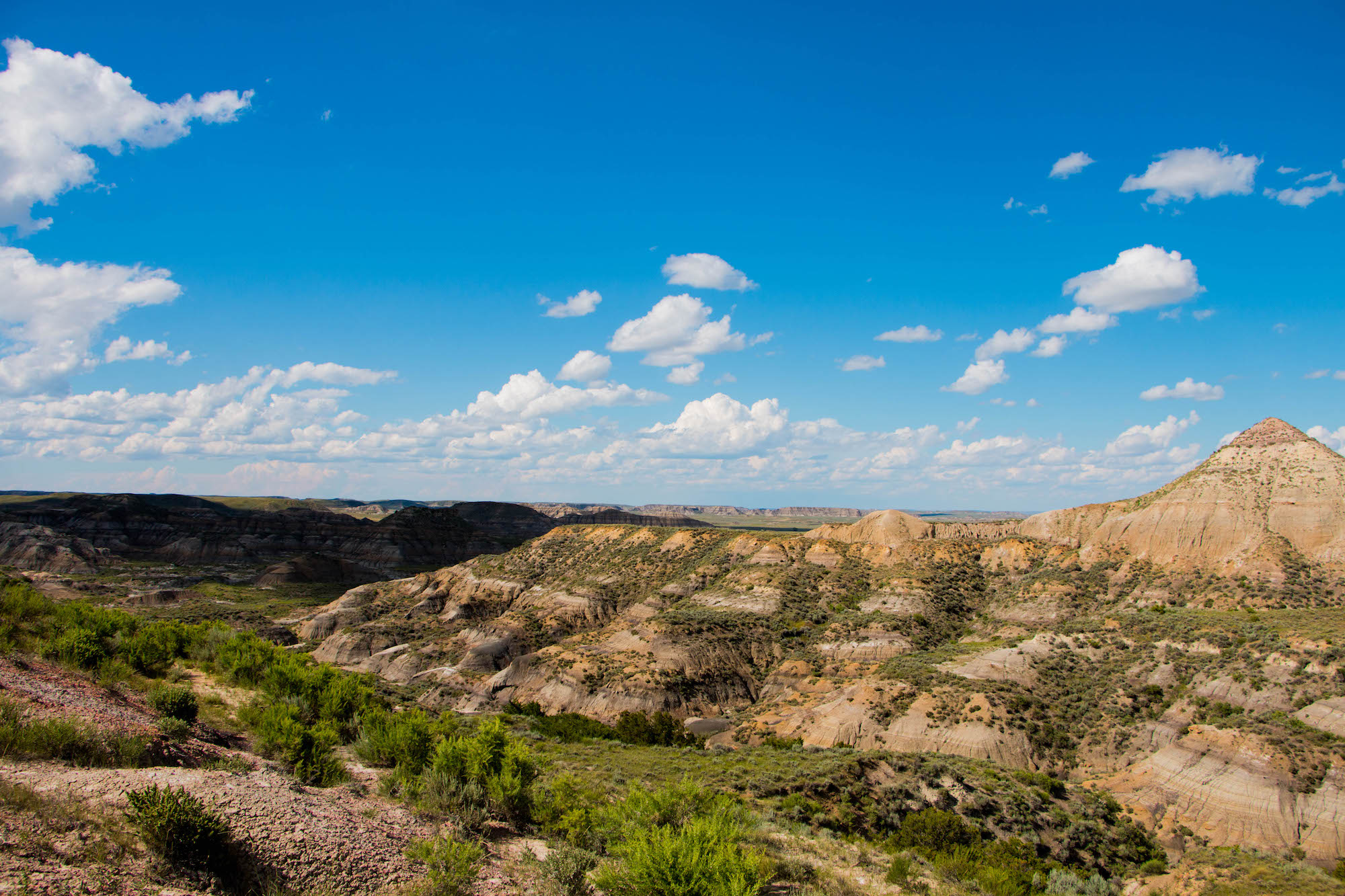The Indian subcontinent has had a dynamic geographic and geologic history that included broken connections to other southern landmasses, prolonged isolation and migration across the Indian Ocean, episodes of volcanism, and collision with Eurasia. This history has been central to hypotheses for the origin, extinction, evolution, and dispersal of major groups of terrestrial organisms. Yet fossil data from the critical interval of the subcontinent’s history (~90-50 Ma) are relatively sparse and often too fragmentary to adequately address the relevant hypotheses.

Gondwanan breakup and the Indian Ark
For much of the Mesozoic, the Indian subcontinent was among southern landmasses (Scotese 1997). As their land connections broke apart during the Cretaceous, the subcontinent migrated (~148-80 Ma) across the Indian Ocean and ultimately collided with Eurasia (~65-50 Ma). Details for this episode, e.g., the sequence of broken connections among Gondwanan landmasses and the timing and nature of the subcontinent’s collision with Eurasia, are debated (e.g., Jaeger et al. 1989). Phylogenetic patterns of taxa shared among Gondwanan or Laurasian biotas are expected to reflect paleogeographic patterns and thus, discriminate among existing paleobiogeographic and evolution-ary hypotheses.
Among Late Cretaceous vertebrates from the Indian subcontinent, gondwanatherian mammals share closest ancestry with taxa from other southern landmasses, particularly Madagascar and South America (Wilson et al. 2007a). In contrast, nearly 90% of mammal specimens reported from the Late Cretaceous of India are eutherians (Wilson et al. 2007b). These taxa, which have phylogenetic affinities with Laurasian taxa, conflict with geo-physical models and paleogeographic recon-structions. Eutherians and possibly other lineages may have dispersed from Laurasia to India directly via island arcs or indirectly via other Gond-wanan landmasses by the latest Cretaceous (Rana and Wilson 2003). Alternatively, based on sparse fossil data from other southern landmasses, eutherians may have originated in Gondwana and only later dispersed to Laurasia.
To contribute to these hypotheses, we have a field project in latest Cretaceous-aged deposits of Andhra Pradesh and Karnataka and are completing a systematic study of latest Cretaceous mammals from the large Geological Survey of India collection (Anantharaman et al. 2006, Wilson et al. 2007a, Wilson et al. 2007b). Lastly, we are investigating possible co-evolution of grasses and grazers in the Late Cretaceous of India (Prasad et al. 2005).
Collaborators: D.C. Das Sarma, S. Anantharaman, R.S. Rana, C.A.E. Strömberg
Funding: National Geographic Society Committee on Research & Exploration
Publications: Wilson, G.P., D.C. Das Sarma, and S. Anantharaman. 2007. Late Cretaceous sudamericid gondwanatherian mammals from India with paleobiogeographic considerations of Gondwanan mammals. Journal of Vertebrate Paleontology 27(2):521-531.
Anantharaman, S., G.P. Wilson, D.C. Das Sarma, and W.A. Clemens. 2006. A possible Late Cretaceous “haramiyidan” from India. Journal of Vertebrate Paleontology 26(2):488-490.
Rana, R.S. and G.P. Wilson. 2003. New Late Cretaceous mammals from the Intertrappean beds of Rangapur, India and paleobiogeographic framework. Acta Paleontologica Polonica 48(3):331-348.


